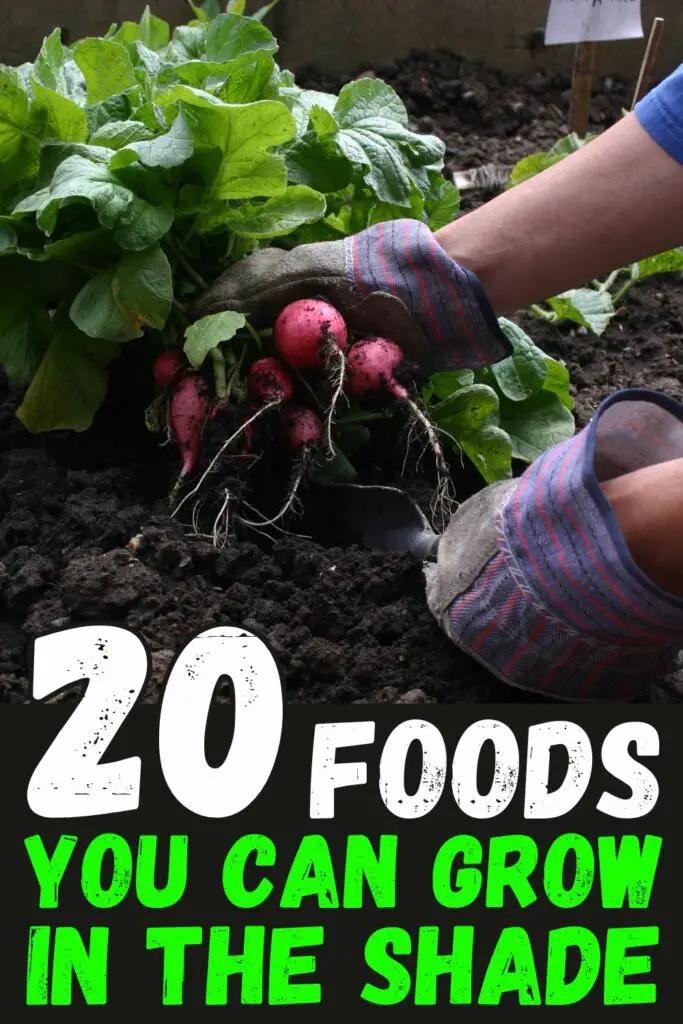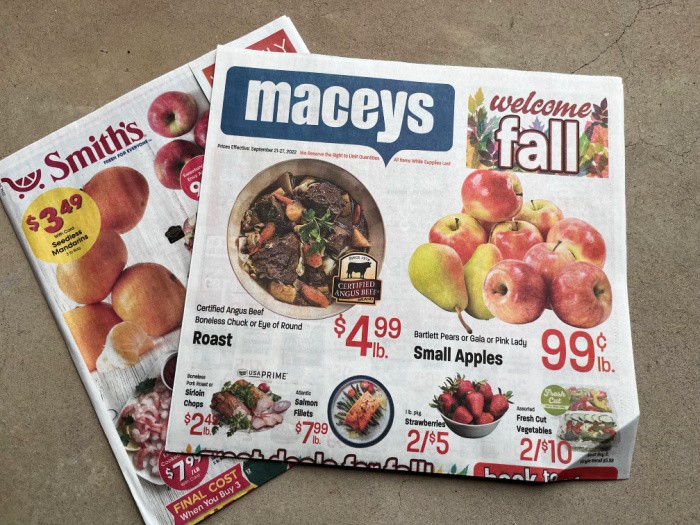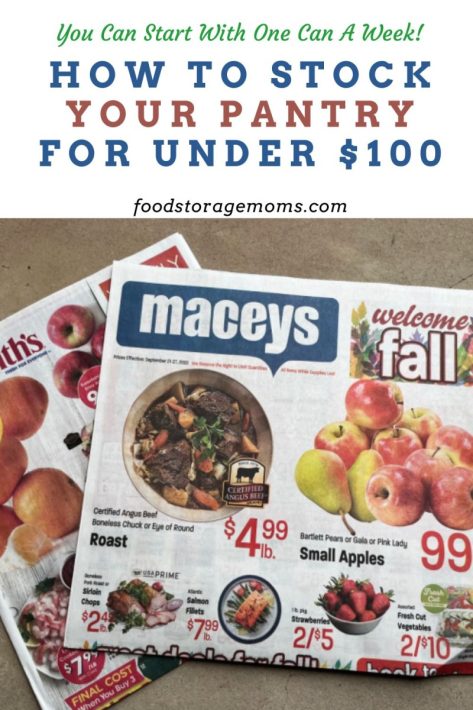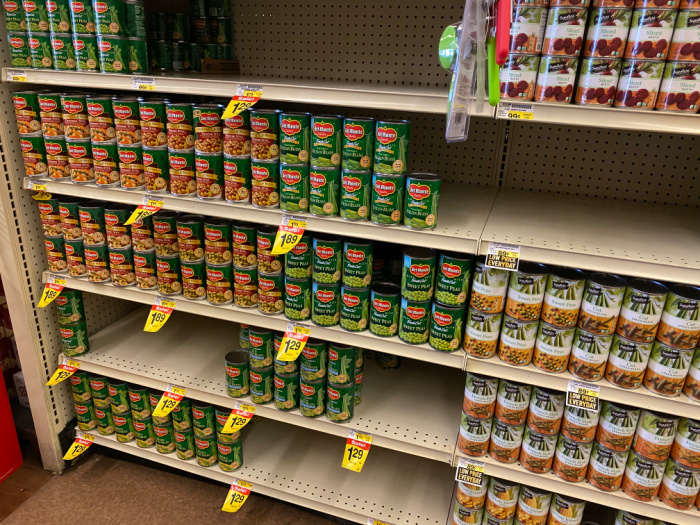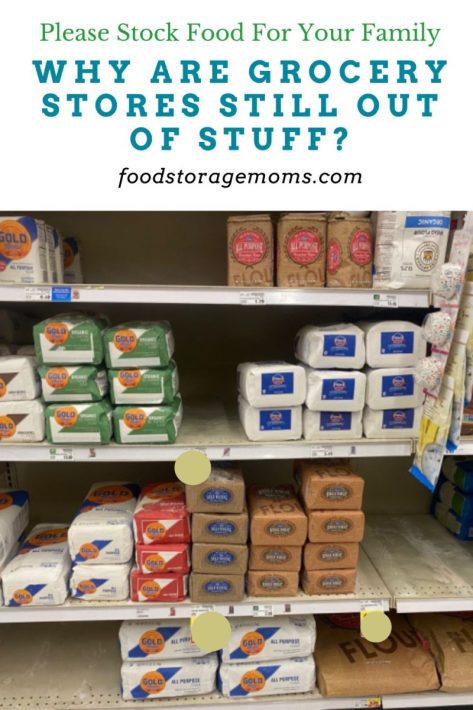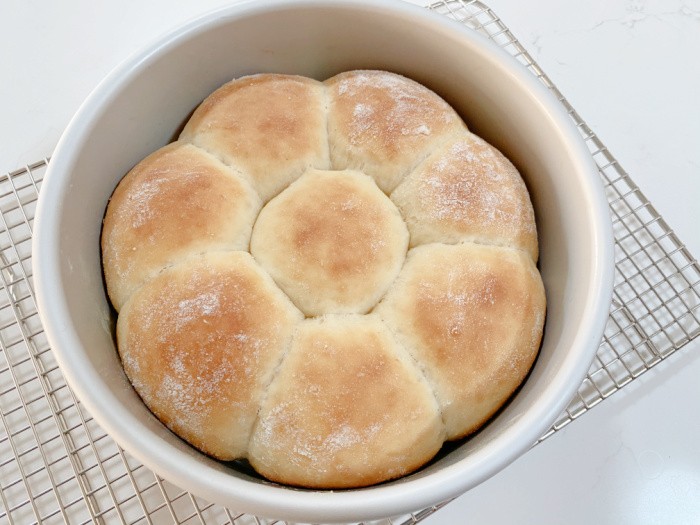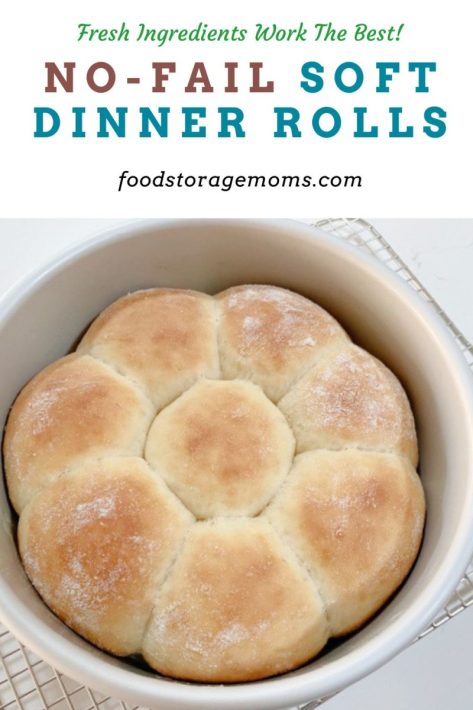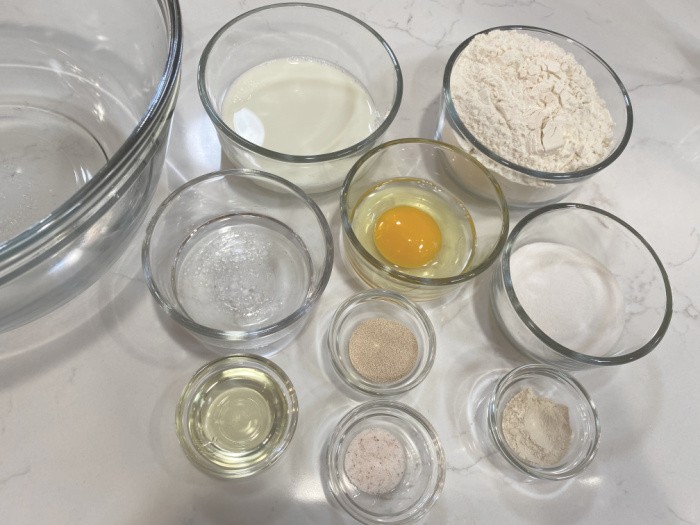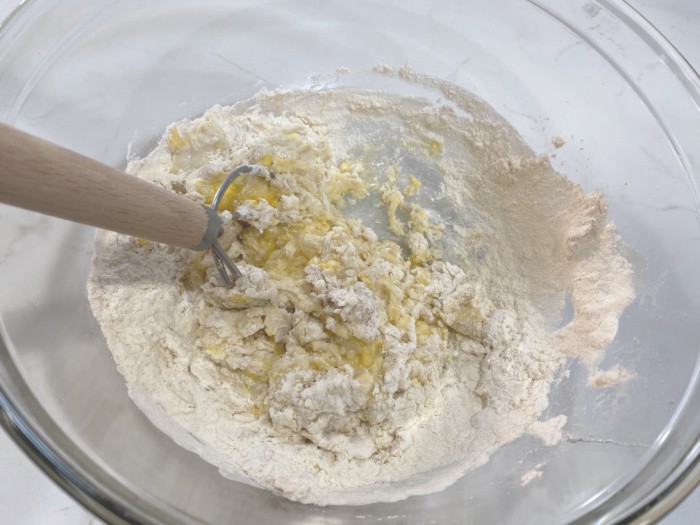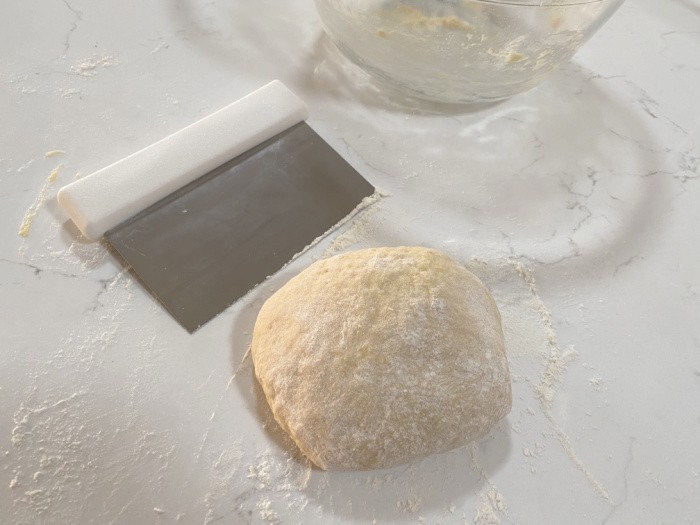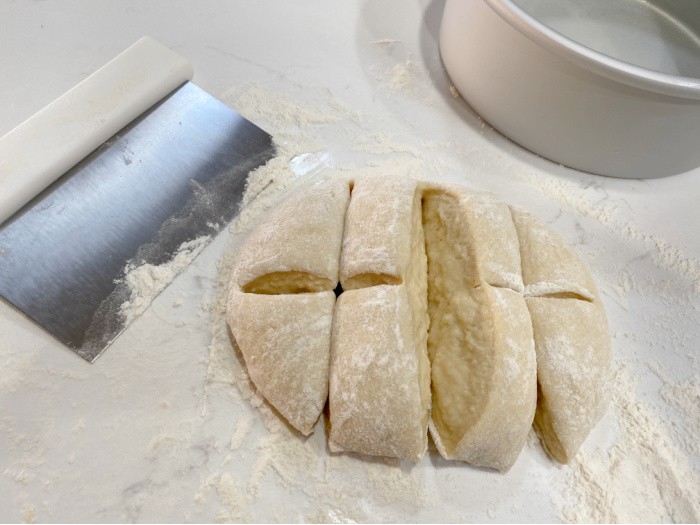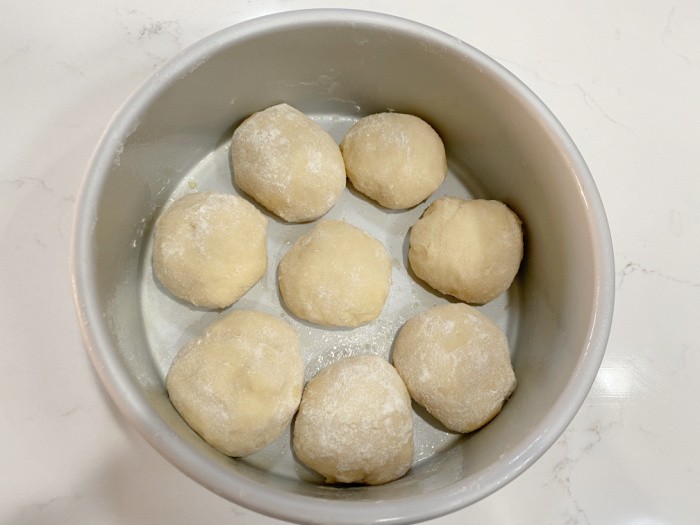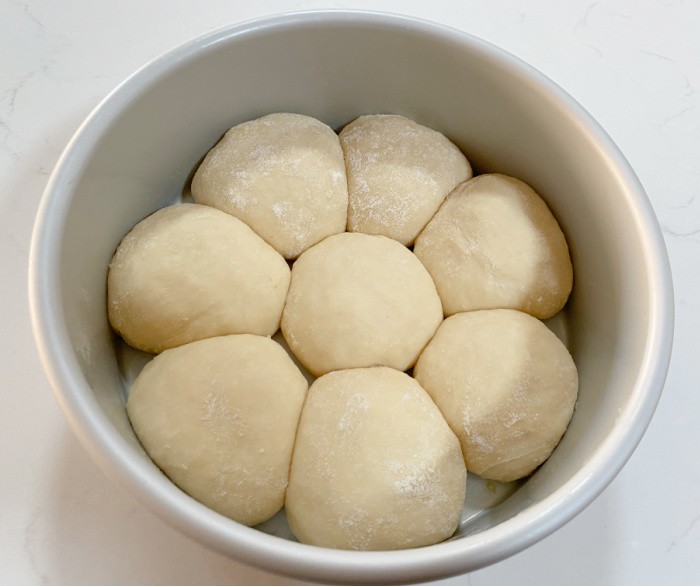Estimated reading time: 14 minutes
Do you want to grow a vegetable garden, but you're worried about all the shade in your yard? Then I have some good news! There are many vegetables that grow well in shady areas.
If your entire yard is covered in shade all day long, then there's not much you can do since most vegetables need at least a little bit of sunlight. However, if there are parts of your yard that are merely dappled with shade or only shady for part of the day, there are plenty of options.
In fact, some veggies will thrive in these places because they can't handle direct summer sunlight all day, anyway. So look around your hard and take note of which areas have the most and least sunlight, and plant your crops accordingly. Here are some suggestions.
Want to save this post for later? Click Here to Pin It On Pinterest!
1. Asparagus

Asparagus does best in areas with lots of sunlight. In fact, it needs 7-8 hours of sun per day. So why is it on this list? Because it will also grow without any sunlight at all, becoming white asparagus.
It's white because, without sunlight, it can't produce chlorophyll. It's still very nutritious, though, and has a milder taste. To get white asparagus, you'll need to block all light from the spears. Here's how. Keep in mind that growing white asparagus requires extra effort, including regularly mounding soil or using special covers to block light.
More info: Growing Asparagus In Shade: What You Need To Know
2. Beans
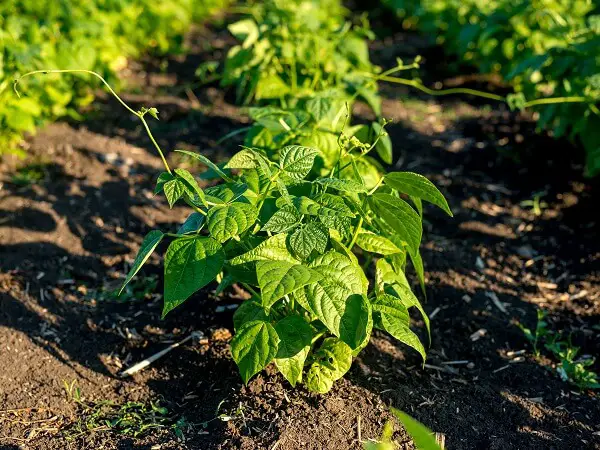
Most varieties of beans require five hours of sun each day, which means they’re not quite as shade-tolerant as most of the plants on this list, but they're still a good option to consider if you have an area that gets five or so hours of sunlight.
Just make sure to plant bush beans as opposed to pole beans, as pole beans will require more sunlight in order to grow well. Also, make sure they’re in a spot with good air circulation to help prevent mildew, which can be more common in shaded, damp areas.
More Info: Can Beans Grow in Shade? (Yes, And 4 Reasons Why)
3. Beets
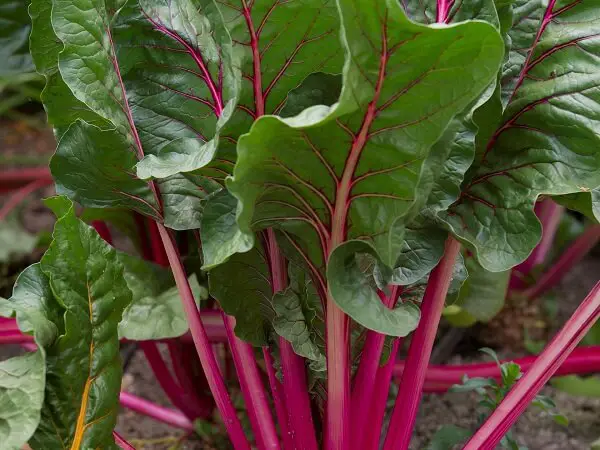
If you are planting beets in order to harvest the roots, you’ll probably want to plant them in the sunlight. However, if you are more interested in the greens that the beets produce, then it’s fine to plant them in the shade.
Beets planted in the shade will produce smaller roots, but their greens will grow nice and healthy. Plus, even though the roots will be smaller, they’ll still be big enough to harvest and enjoy. Just be sure the soil stays consistently moist and loose to help those roots develop properly, even in low light.
More Info: Growing Beets in Shade: Tips for Thriving in Low-Light Conditions
4. Broccoli
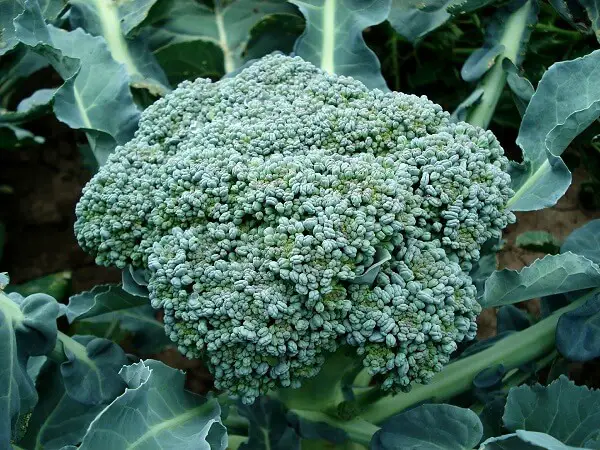
Broccoli is one of the rare plants that don't like direct sunlight. Though broccoli is a cool-weather crop, planting it in the shade can allow you to grow broccoli through the summertime as well, as long as the temperature doesn’t soar too high.
Nevertheless, broccoli is not quite as hardy as some plants and will require a certain amount of care to ensure the plant produces large, healthy-looking heads. Shady spots help delay bolting, so you may get a longer harvest period during warm months.
More Info: How Much Sun Does Broccoli Need? Can It Tolerate Shade?
5. Brussels Sprouts
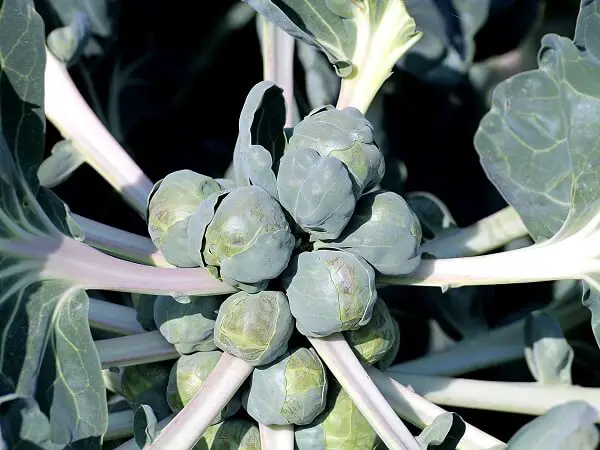
Most cool-weather plants grow just fine in shady areas, and brussels sprouts are no exception. They do take up a fair amount of space since the stems of the plant can grow to be 2-3 feet long, so that’s something you will want to prepare for.
However, once your brussels sprouts are ready to harvest, those stems will be covered with small, cabbage-like heads, so the reward is well worth the space they take up. They also benefit from the cooler temps in shady areas, which helps prevent loose sprouts or bitterness.
More Info: Can Brussels Sprouts Grow in Shade? Now Answered
6. Cabbage
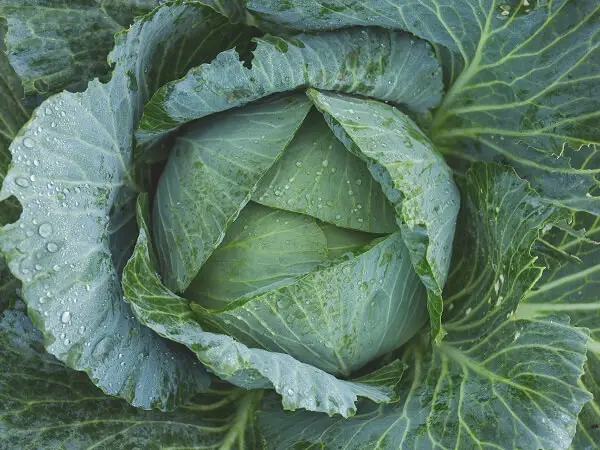
Most broad-leafed plants do well in direct sunlight. Cabbage, however, prefers slightly shady areas, and too much sunlight will dry it out – leading to smaller heads.
Nevertheless, you will want to make sure your cabbage plants get at least a few hours of sunlight each day or else the plants will grow loose heads if they manage to grow heads at all. Mulching around the base can also help retain moisture and keep the soil cool in sunnier parts of the day.
More Info: Can Cabbage Grow In Shade
7. Carrots
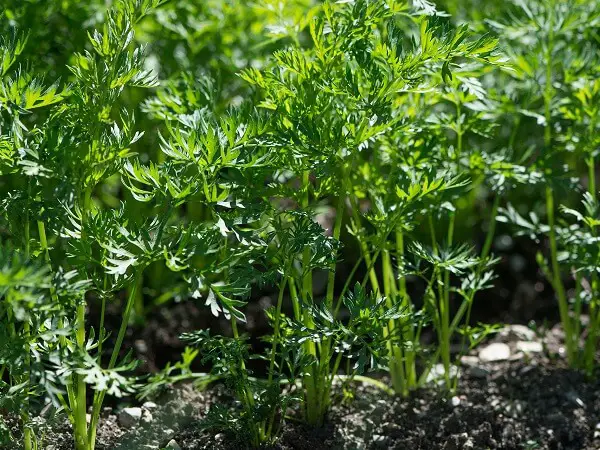
Like many plants, carrots adjust their growth based on how much sunlight they receive. When carrots are planted in direct sunlight, they tend to grow more foliage than roots.
In shady areas, carrots grow down, meaning that planting your carrots in the shade can actually lead to carrots that are larger when it comes time to harvest them. They’ll need loose, rock-free soil to make the most of limited sunlight and grow deep and straight.
More Info: Growing Carrots in Shade: Best Varieties and Tips for Successful Growth
8. Cauliflower

Cauliflower will grow in sunny areas and shady areas. However, you should know that the less sunlight your cauliflower plants get, the smaller the heads they will produce. But if you don’t mind the slightly smaller heads, you can certainly grow cauliflower in a shaded area.
Just remember to keep them well watered—dry soil and low light is a bad combo for cauliflower development.
More Info: Growing Cauliflower In Shade – Everything You Need To Know
9. Celery

Who else loves ants on a log? Well, you can't have that delicious snack without celery, which is just one of many reasons to grow it.
The downside is that celery is a bit difficult to grow. It takes four to five months and needs lot of water and fertilizer. Fortunately, it doesn't need full sun. Just four hours a day of sunlight should be enough. Partial shade can actually help prevent the stalks from becoming tough and stringy.
More Info: Will Celery Grow In Shade?
10. Collard Greens
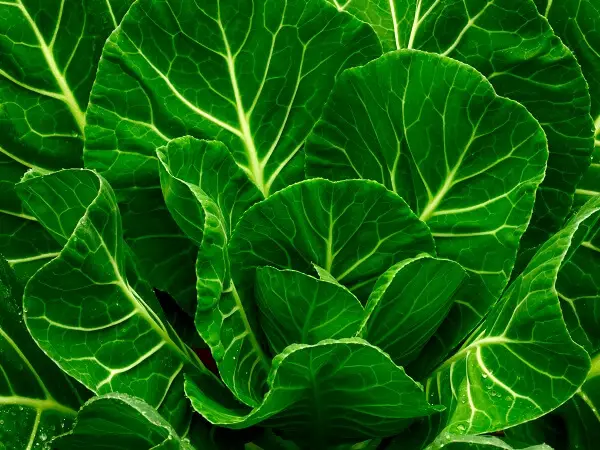
Collard greens are another leafy green that, like kale, prefer cool soil and some shade. However, it’s recommended that you plant your collard greens in an area that gets at least 4-5 hours of sunlight each day.
Collard greens will grow in areas with less sunlight than this, however, the leaves they produce won't be quite as flavorful. Still, if you plant your collard greens in an area that is in the sunlight during midday, then you can look forward to a bountiful harvest. Like other leafy greens, they’ll appreciate consistent moisture and benefit from mulch in shady beds.
More Info: How to Grow Collard Greens at Home: A Step-by-Step Guide
11. Cress

Cress may not be the most commonly-found plant in vegetable gardens, but it does make for a great addition to many salads and sandwiches.
Most importantly, though, cress grows better in the shade than most every other plant and actually prefers an area that is completely shaded. Just make sure it stays well watered, as shaded areas can still dry out quickly in warmer weather.
More Info: How to Plant, Grow, and Harvest Cress
12. Endive
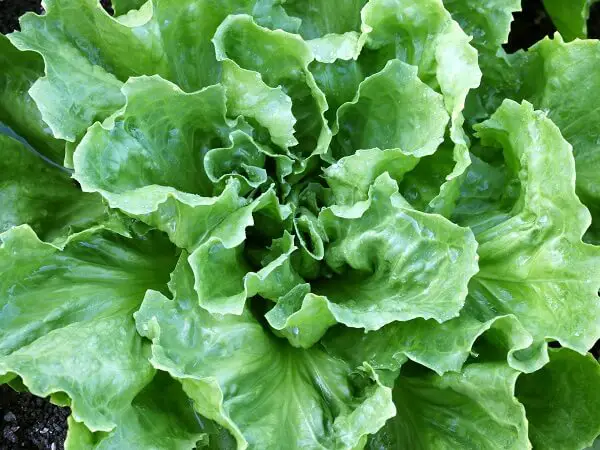
Endive is the most shade-loving of all the leafy vegetables, and if you are only interested in harvesting the leafy greens of the plant, then it is relatively easy to grow.
Harvesting the roots, however, requires a more complex growing process that involves first harvesting the leaves then digging up the root and replanting it for a period of time in a cold, dark area similar to a mushroom growing facility.
Either way, your endive plants will grow just fine when planted in shady areas. Keep the soil consistently moist and use compost to boost nutrients—shade-loving doesn't mean low-maintenance!
More Info: How to Grow Endive
13. Kale
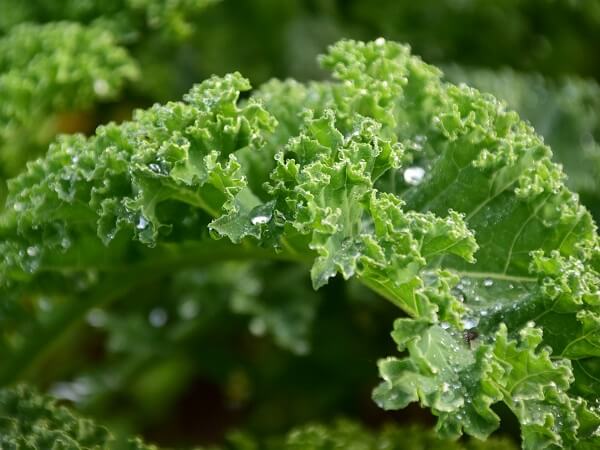
Kale is a leafy green that prefers growing in cool soil without a lot of direct sunlight, making it ideal for planting in shady areas.
As another bonus, kale can tolerate cool temperatures quite well and can even survive through some light frosts, meaning you can plant kale even if you are not certain if the last frost of the year has passed. Too much direct sun can make kale bitter, so shady spots are actually great for sweeter-tasting leaves.
More Info: Can Kale Grow in Shade? (Yes, And 4 Reasons Why)
14. Leeks
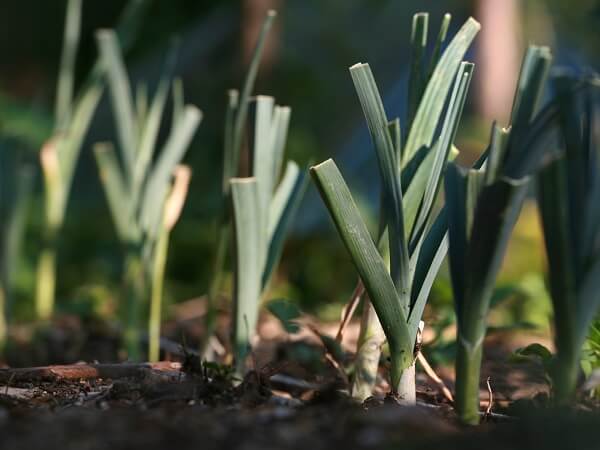
Also known as green onions, leeks are another root vegetable that grows well in shady areas. Unlike regular onions, leeks grow better in areas that are very cool and moist, so this is also something you need to keep in mind.
With the right amount of water and cool enough temperatures, though, leeks will do well in partial shade. Hill up the soil around the base of the leeks as they grow—this helps produce long, blanched stalks.
More Info: How to Plant, Grow, and Care for Leeks
15. Lettuce
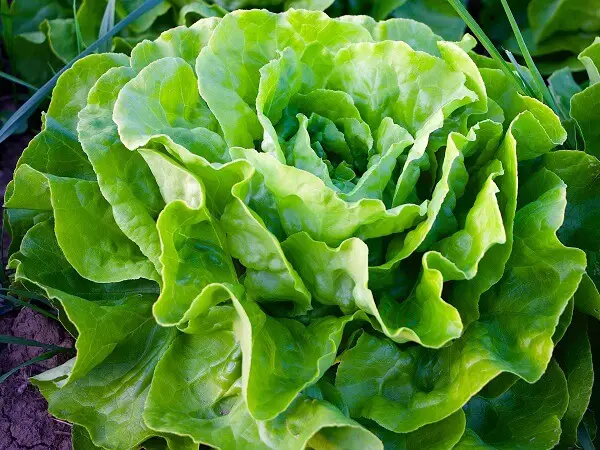
Lettuce is another cool weather plant that does not need much direct sunlight. In fact, gardeners who do plant their lettuce in direct sunlight often have to cover the plants with shade cloth in order to keep the sun from scorching the plant’s sensitive leaves.
So long as the area where you plant your lettuce gets at least a little sunlight each day, the plant should grow nicely. You can even plant successive crops in the same shady bed for a steady supply throughout the season.
More Info: Can You Grow Lettuce in Shade: Tips for Thriving in Low-Light Conditions
16. Peas

Like beans, peas require about five hours of sunlight each day but will still grow fine in areas that are fully shaded during the morning and afternoon hours.
Peas are also one of the first plants that you need to plant when the gardening season begins and can be planted even if you are expecting more snows to follow as winter transitions into spring. Partial shade helps extend the growing season by protecting the plants from heat as spring turns to summer.
More Info: How To Grow Peas In The Shade: A Guide For Gardeners
17. Radishes
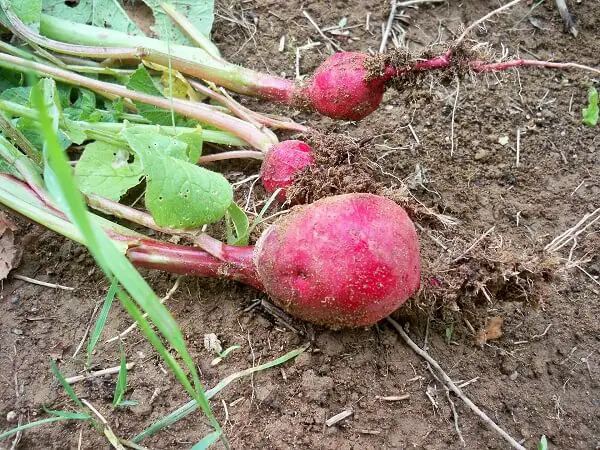
Like beets, radishes can be grown in the shade with the caveat that they will produce roots that are slightly smaller.
If the smaller roots are not an issue for you, or if you are more interested in harvesting the radish greens then planting them in the shade will work just fine. Best of all, radishes are swift-growing and easy to care for. If your soil is rich and not too compacted, even shaded radishes can surprise you with their size.
More Info: Do Radishes like Sun or Shade? Now Answered
18. Spinach
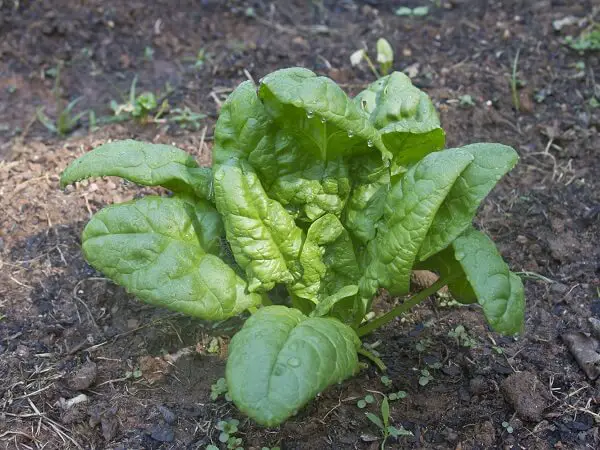
Spinach is a highly nutritious and relatively easy-to-grow plant that will do nicely in shady areas.
So long as your spinach plants get about three hours of sunlight each day, limited access to direct sunlight shouldn't be a problem. It also tends to bolt slower in the shade, giving you more time to harvest those tender leaves. The same holds true for most every other type of leafy green.
More Info: Spinach Shade Tolerance – Will Spinach Grow In The Shade
19. Swiss Chard
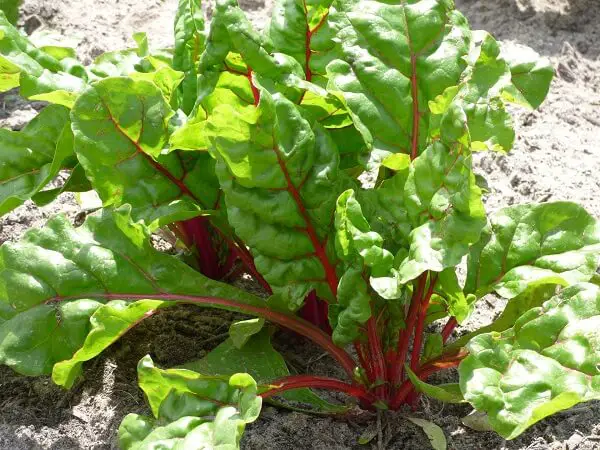
Swiss chard is a leafy green with bright red stems that looks as good as it tastes. It’s also a hardy plant that is easy to grow and does well in both full sun and partial shade.
Swiss chard does prefer cooler temperatures, though, so it’s recommended that you plant Swiss chard about three weeks before the last frost of spring or in late summer for a fall garden. Shady spots help keep the leaves tender and prevent early wilting in the heat of summer.
More Info: How to Grow Swiss Chard
20. Turnips
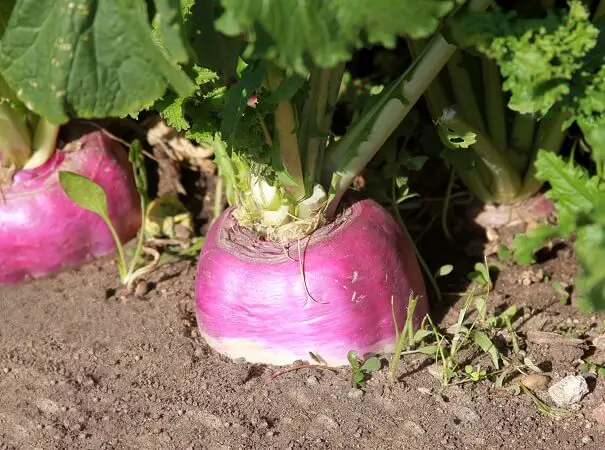
Like most root vegetables, turnips do well when planted in the shade. Planting your turnips in partial shade will encourage the growth of larger roots.
You won’t get as many greens out of your plants, so that’s something to consider if you are planting turnips in order to harvest turnip greens. If you are more concerned with large, juicy turnips, though, planting them in the shade will be ideal. Just be sure to thin the seedlings early on so they don't overcrowd each other in limited light.
More Info: Will Turnips Grow in Shade?
Like this post? Don't Forget to Pin It On Pinterest!
You May Also Like:
The post 20 Foods You Can Grow In The Shade appeared first on Urban Survival Site.
from Urban Survival Site
